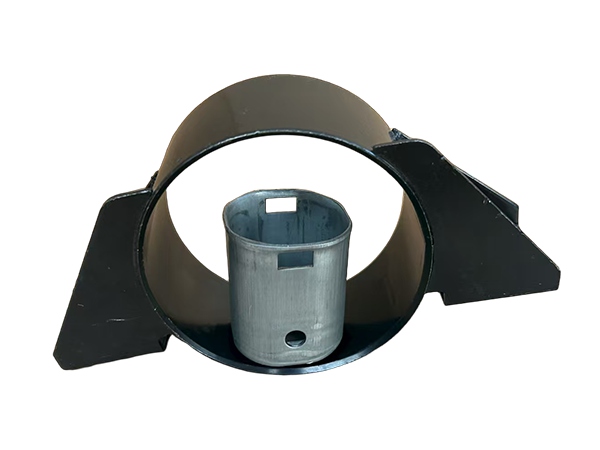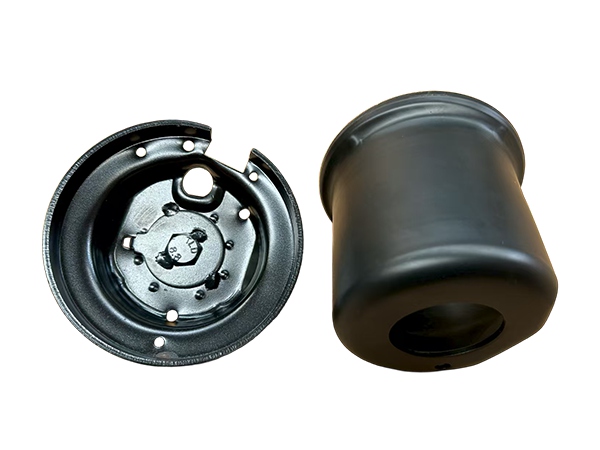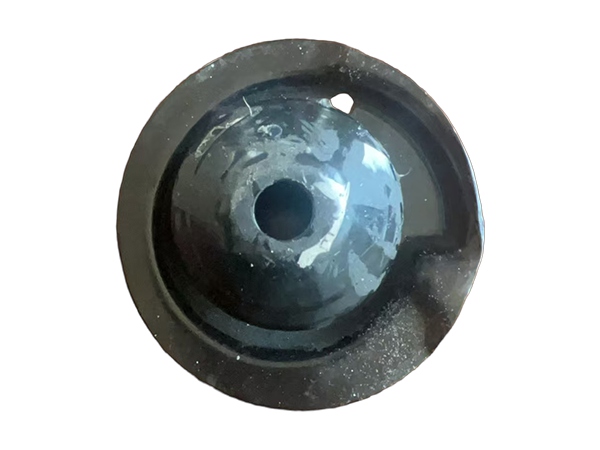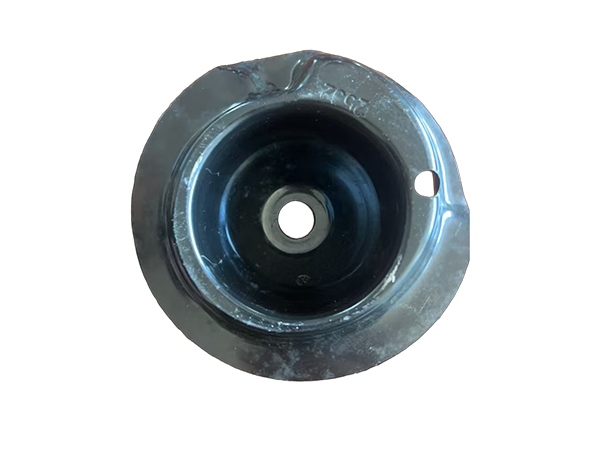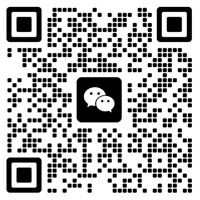In-Depth Analysis of Loosening Issues in Automotive Hardware Fittings
Publish Time:2025-08-12 18:13:21 Author:Hengyuntai Views:141
Loosening of automotive hardware fittings (e.g., bolts, nuts, brackets, clips) is a critical concern that compromises vehicle safety, performance, and longevity. Here’s a systematic breakdown of its causes, consequences, and solutions:
1. Root Causes of Loosening
A. Vibration and Dynamic Loads
Engine and Drivetrain Oscillations: Constant vibrations from internal combustion engines and transmission systems generate cyclic stresses, gradually overcoming friction in threaded fasteners.
Road-Induced Shocks: Irregular road surfaces transmit high-frequency vibrations to chassis and suspension components, accelerating loosening.
B. Improper Installation
Insufficient Torque: Under-torquing fails to generate adequate clamp force, while over-torquing can stretch bolts or damage threads, both leading to premature loosening.
Incorrect Sequence: Non-uniform tightening sequences (e.g., in wheel lug nuts or cylinder heads) create uneven stress distribution.
C. Material and Design Flaws
Thermal Expansion Mismatch: Differential thermal expansion between dissimilar materials (e.g., aluminum brackets with steel bolts) alters clamp force under temperature cycles.
Resonance: Natural frequencies of components aligning with engine or road vibration frequencies amplify loosening.
D. Corrosion and Wear
Thread Degradation: Rust or wear on threads reduces friction, allowing vibrations to overcome residual clamp force.
Galling: Adhesive wear in stainless steel or aluminum threads compromises fastener integrity.
2. Consequences of Loosening
Safety Risks: Critical failures like wheel detachments, brake system malfunctions, or engine component dislodgement.
NVH Issues: Increased noise, vibration, and harshness due to uncontrolled relative motion between parts.
Secondary Damage: Loose parts induce wear on adjacent components (e.g., elongated bolt holes, cracked brackets).
Costly Repairs: Unplanned maintenance and potential warranty claims.
3. Solutions and Prevention Strategies
A. Design Improvements
Locking Features: Incorporate self-locking nuts (e.g., nylon inserts), thread-locking adhesives, or mechanical locks (e.g., tab washers).
Vibration Damping: Use rubber isolators or resilient materials in mounting systems to absorb shocks.
Finite Element Analysis (FEA): Simulate vibration and thermal cycles to identify loosening risks during design.
B. Precision Manufacturing and Assembly
Torque-to-Yield (TTY) Fasteners: Designed to be tightened to their yield point for consistent clamp force.
Ultrasonic Torque Measurement: Verify actual tension in critical bolts (e.g., connecting rods).
Automated Tightening Systems: Ensure accurate, sequential torque application per OEM specifications.
C. Maintenance and Monitoring
Retorquing Protocols: Mandatory retorquing after initial service (e.g., wheel nuts after tire changes).
Predictive Maintenance: Use IoT sensors to monitor clamp force or vibration patterns in real-time.
D. Material Selection
Corrosion-Resistant Coatings: Zinc plating, dacromet, or geomet coatings to protect threads.
High-Strength Alloys: Use grade 8.8 or higher bolts for critical applications to resist fatigue.
4. Industry Standards and Testing
Vibration Testing: JIS B 1083 (Japanese Industrial Standard) or DIN 25201-4 (German Standard) for evaluating loosening resistance.
Thermal Cycling Tests: Validate performance under extreme temperature fluctuations.
Torque-Tension Correlation: Ensure fasteners maintain clamp force under dynamic conditions.
5. Case Study: Wheel Lug Nut Loosening
Cause: Improper torque sequence, corrosion, or failed locking mechanisms.
Solution:
Use cross-pattern torque sequences.
Apply anti-seize compound on threads (carefully to avoid over-torquing).
Replace worn lug nuts and studs.
Conclusion
Loosening of automotive hardware fittings is a multifaceted issue rooted in vibration, design, installation, and material factors. Addressing it requires a holistic approach:
Design: Integrate locking mechanisms and damping solutions.
Manufacturing: Adopt precision torque control and high-quality materials.
Maintenance: Implement rigorous inspection and retorquing schedules.
By leveraging advanced simulations, automated assembly, and predictive maintenance, manufacturers can significantly mitigate loosening risks, enhancing vehicle safety and reliability.
Related News
-
Common Issues and Safety Hazards of Insulation Layer Damage in Battery Press Plates
Common Issues and Safety Hazards of Insulation Layer Damage in Battery Press Plates Battery press plates, a critical comp...
-
In-Depth Analysis of Loosening Issues in Automotive Hardware Fittings
Loosening of automotive hardware fittings (e.g., bolts, nuts, brackets, clips) is a critical concern that compromises veh...
-
Quality Control and Inspection Methods for Automotive Hardware Fittings
Automotive hardware fittings (e.g., bolts, brackets, clips, hinges) are critical for vehicle safety, performance, and lon...
-
Automotive Metal Stamping Parts: Process, Applications, and Advantages
Automotive metal stampingis a high-precision, high-volume manufacturing process that uses presses and dedicated tooling (...
-
Maintenance Secrets for Automotive Hardware Fittings
Maintenance Secrets for Automotive Hardware Fittings While often overlooked, the proper care of automotive hardware fitti...



